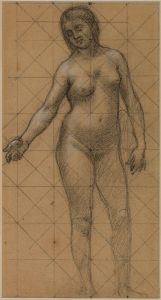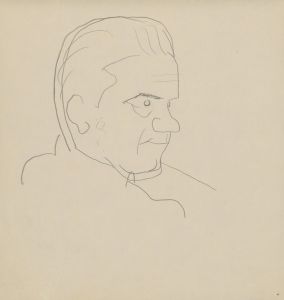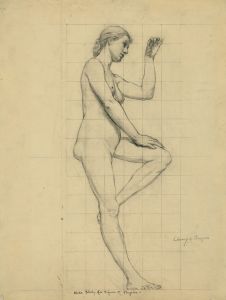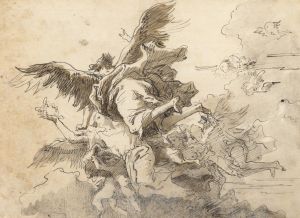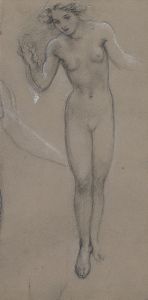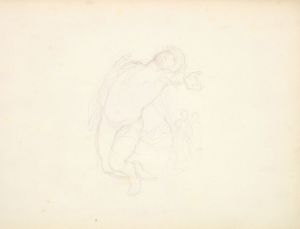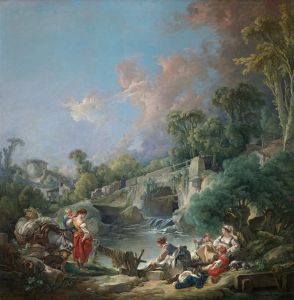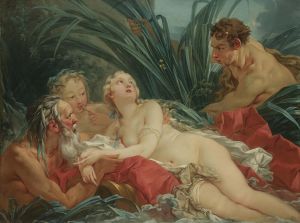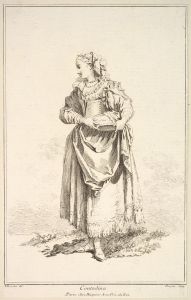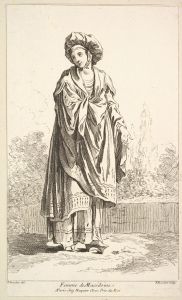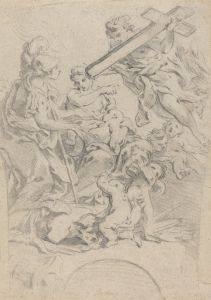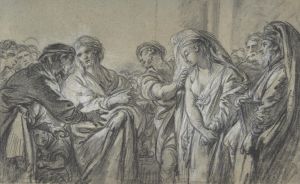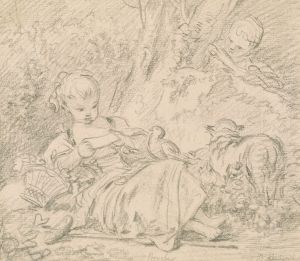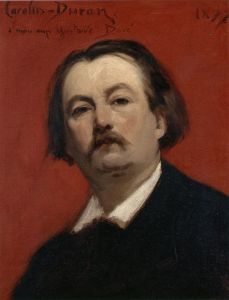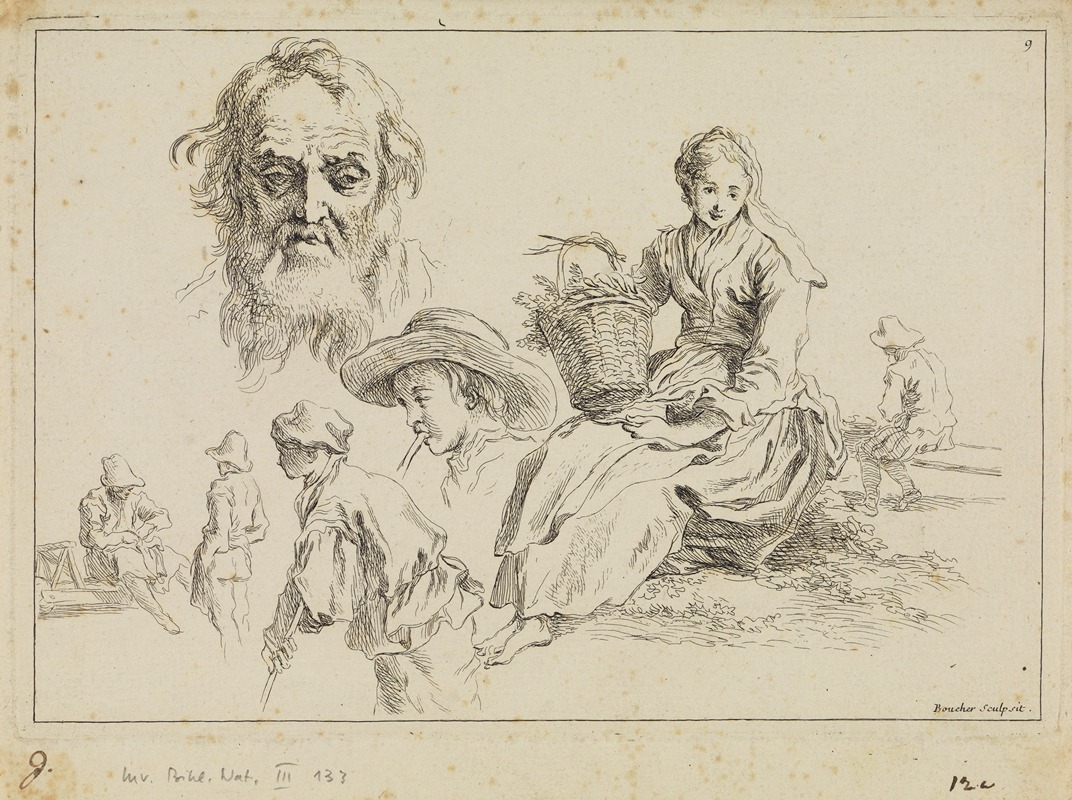
Figure studies
A hand-painted replica of François Boucher’s masterpiece Figure studies, meticulously crafted by professional artists to capture the true essence of the original. Each piece is created with museum-quality canvas and rare mineral pigments, carefully painted by experienced artists with delicate brushstrokes and rich, layered colors to perfectly recreate the texture of the original artwork. Unlike machine-printed reproductions, this hand-painted version brings the painting to life, infused with the artist’s emotions and skill in every stroke. Whether for personal collection or home decoration, it instantly elevates the artistic atmosphere of any space.
François Boucher (1703–1770) was a prominent French painter, draughtsman, and etcher, known for his idyllic and voluptuous paintings on classical themes, decorative allegories, and pastoral scenes. One of his notable works is "Figure Studies," which showcases his exceptional skill in capturing the human form with grace and elegance.
"Figure Studies" by François Boucher is a drawing that exemplifies his mastery in depicting the human anatomy. Boucher was a leading proponent of the Rococo style, characterized by lightness, elegance, and an exuberant use of curving, natural forms in ornamentation. His figure studies often served as preparatory works for his larger compositions, allowing him to experiment with poses, gestures, and the interplay of light and shadow on the human body.
In "Figure Studies," Boucher's attention to detail and his ability to render the softness of flesh and the fluidity of movement are evident. The drawing typically features multiple figures, often in various poses, which might include reclining, standing, or interacting with each other. These studies were crucial for Boucher's process, as they helped him refine his understanding of anatomy and the dynamics of the human form.
Boucher's figure studies were not merely academic exercises; they were integral to his creative process. He often used these studies to explore the emotional and narrative potential of his subjects. The figures in his studies are imbued with a sense of liveliness and spontaneity, capturing moments of grace and beauty that would later be translated into his finished paintings.
Boucher's work was highly influential during his lifetime, and he enjoyed the patronage of Madame de Pompadour, the mistress of King Louis XV of France. His ability to blend classical themes with contemporary Rococo aesthetics made him a favorite among the French aristocracy. His figure studies, therefore, not only reflect his technical prowess but also his ability to cater to the tastes and preferences of his elite patrons.
The materials Boucher used for his figure studies typically included chalk, ink, and sometimes pastel. These media allowed him to achieve a range of effects, from delicate, fine lines to rich, velvety textures. The use of red chalk, in particular, was a hallmark of Boucher's figure studies, lending warmth and vibrancy to his depictions of the human form.
Boucher's influence extended beyond his own work; he was also a prolific teacher, and his methods and style were passed down to a generation of artists who continued to develop the Rococo tradition. His figure studies remain an important part of his legacy, offering insight into his artistic process and his enduring fascination with the beauty of the human body.
In summary, "Figure Studies" by François Boucher is a testament to the artist's skill and his contribution to the Rococo movement. These studies highlight his ability to capture the elegance and dynamism of the human form, serving as both preparatory works for his larger compositions and as standalone pieces of art that reflect his mastery of technique and his keen eye for detail.





